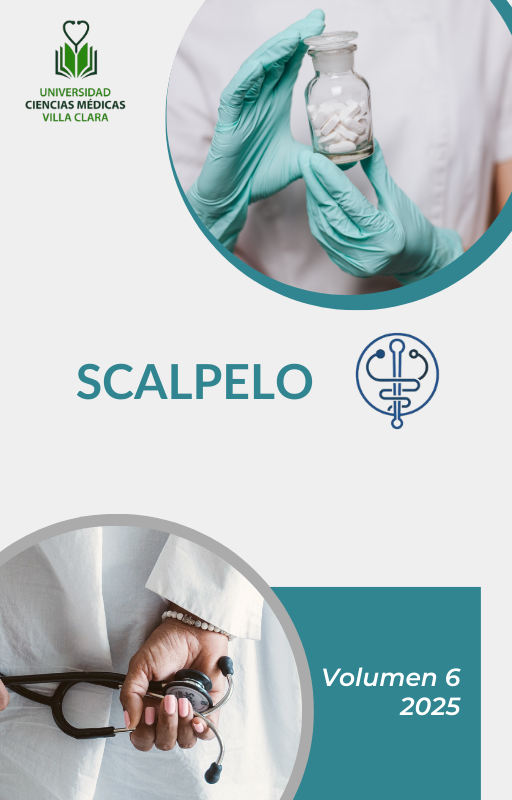Mycosis fungoides in a patient with Hansen's disease
Abstract
Introduction: Mycosis fungoides is the most common form of extranodal cutaneous non-Hodgkin lymphomas. Skin lesions are the main manifestation of the disease, which, although rare, has a rapid progression to death.
Objective: to present a case of mycosis fungoides in a 52-year-old patient.
Case presentation: Black male patient with individual pathological history of arterial hypertension and Hansen's disease. He had several hospital admissions, this time due to tumor lesions on the skin, which extended to join together, forming larger lesions; therefore, a series of complementary laboratory and imaging tests were performed, as well as a biopsy of the skin lesions, which allowed the diagnosis of mycosis fungoides. On his third day of hospital admission, he died.
Conclusions: We present the case of a patient with mycosis fungoides in whom the diagnosis was not established in the early stages of the disease, due to the Hansen's disease that he presented; hence the importance of suspecting this disease in all patients with tumoral and nodular skin lesions.
Downloads
Published
How to Cite
Issue
Section
License
Copyright (c) 2025 Scalpelo

This work is licensed under a Creative Commons Attribution-NonCommercial-NoDerivatives 4.0 International License.
Aquellos autores/as que tengan publicaciones con esta revista, aceptan los términos siguientes: Los autores/as conservarán sus derechos de autor y garantizarán a la revista el derecho de primera publicación de su obra, el cual estará simultáneamente sujeto a la Licencia de reconocimiento de Creative Commons (CC-BY-NC 4.0) que permite a terceros compartir la obra siempre que se indique su autor y su primera publicación esta revista.
Los autores/as podrán adoptar otros acuerdos de licencia no exclusiva de distribución de la versión de la obra publicada (p. ej.: depositarla en un archivo telemático institucional o publicarla en un volumen monográfico) siempre que se indique la publicación inicial en esta revista. Se permite y recomienda a los autores/as difundir su obra a través de Internet (p. ej.: en archivos telemáticos institucionales o en su página web) antes y durante el proceso de envío, lo cual puede producir intercambios interesantes y aumentar las citas de la obra publicada. (Véase El efecto del acceso abierto).






